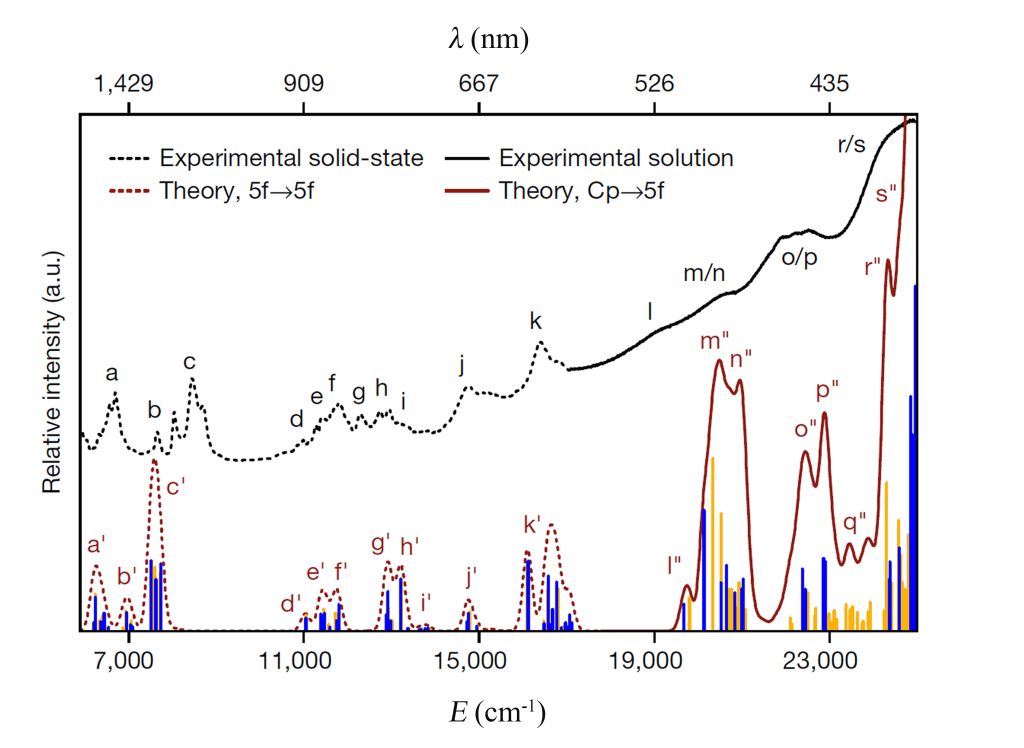In collaboration with the Theoretical Division, Los Alamos National Laboratory of the USA, Jing Su and her team of the College of Chemistry have made an important breakthrough in the research on actinide element californium (CF). As the co first author, she published the latest research achievement "Isolation and Characterization of a Californium Metallocene" online in Nature.
Californium (CF) is the heaviest element accessible above the microgram quantities. “--- Cf isotopes impose severe experimental challenges due to their scarcity and radiological hazards. Consequently, chemical secrets ranging from the accessibility of 5f/6d valence orbitals to engage in bonding, the role of spin–orbit coupling in electronic structure, and reactivity patterns compared to other f elements, remain locked. Organometallic molecules were foundational in elucidating periodicity and bonding trends across the periodic table1,2,3, with a twenty-first-century renaissance of organometallic thorium (Th) through plutonium (Pu) chemistry 4,5,6,7,8,9,10,11,12, and to a smaller extent americium (Am)13, transforming chemical understanding. Yet, analogous curium (Cm) to Cf chemistry has lain dormant since the 1970s. Here, we revive air-/moisture-sensitive Cf chemistry through the synthesis and characterization of [Cf(C5Me4H)2Cl2K(OEt2)]n from two milligrams of 249Cf. This bent metallocene motif, not previously structurally authenticated beyond uranium (U)14,15, contains the first crystallographically characterized Cf–C bond. Analysis suggests the Cf–C bond is largely ionic with a small covalent contribution. Lowered Cf 5f orbital energy versus dysprosium (Dy) 4f in the colourless, isoelectronic and isostructural [Dy(C5Me4H)2Cl2K(OEt2)]n results in an orange Cf compound, contrasting with the light-green colour typically associated with Cf compounds.” (Abstract)
This study first synthesized and characterized a kind of metallocene californium complex [Cf (C5Me4H) 2Cl2k (OEt2)]n (Fig. 1), carrying out in-depth theoretical research and calculation analysis on the chemical bonding and spectral properties of Cf elements.

Figure 1. Geometry of [Cf (C5Me4H) 2Cl2k (OEt2)]n and bonding orbitals containing Cf 5f component

Fig. 2:Experimental solid-state and SO-NEVPT2 calculated absorption spectra of 2-Cf averaged for both cis and trans geometries.
Links: https://www.nature.com/articles/s41586-021-04027-8
